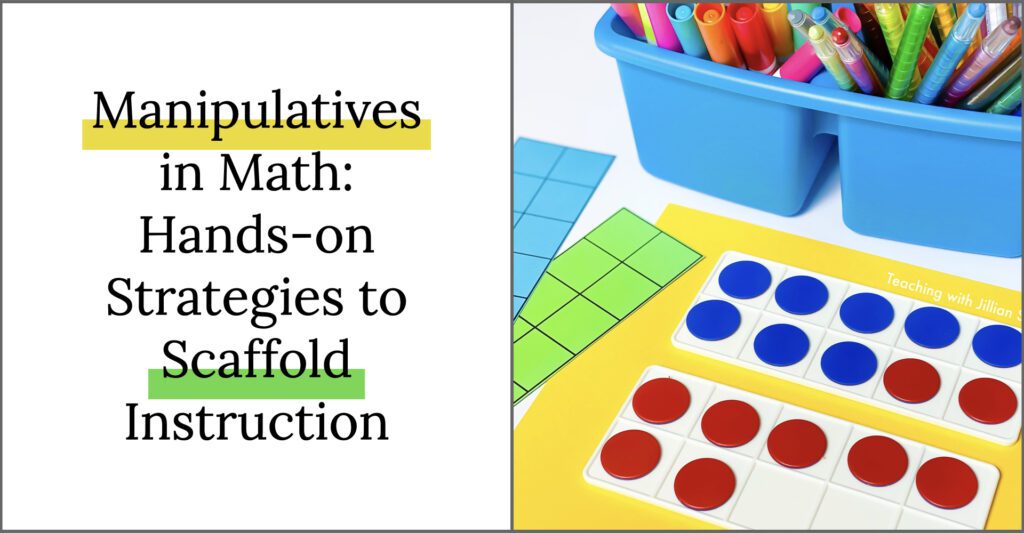
Manipulatives will transform your math block. Why? First, they can turn an abstract concept into a concrete visual. Second, they engage students in multimodal practice of math facts and problem-solving. Three, they are a quick way to differentiate instruction.
Using manipulatives in math effectively is another story. Math manipulatives are game-changing ONLY IF students know how to use them properly.
Today, I am going to share how I scaffold the use of manipulatives in guided math. Over the years, I have found that a three-step scaffolding process builds proficient and flexible use. Yes, it requires a little frontloading. But, that frontloading goes a long way. This routine turns one lesson into a year’s worth of differentiation and support.
Introduce Math Manipulatives in as Whole Group Lesson
I never expect students to use any tool without whole group instruction. In fact, I’ve made the mistake of assuming that students have used a tool before. And what happened? Confusion and chaos! Math manipulatives are no exception.
Teaching students to use math manipulatives in whole group lessons is key. Sometimes I directly teach how to use a specific manipulative. Alternatively, I teach students how to use new tools by applying them to new activities and games.
Build Excitement & Reveal!
It is time to introduce a new tool! This is an exciting moment that will increase student independence and agency.
First, I start with a whole group exploration. All of my students gather in our instructional space. Then, I amp up the group. For example, I might say: “Today, we are going to learn how to use a new math manipulative!” Additionally, I might wrap the math manipulative container wrapped in a sheet of paper. As a result, students get incredibly excited when they see it as a gift!
Finally, the big reveal: I unveil the math manipulative. I make sure to show the container, explicitly point out the label, and teach students the container’s “home”. As you may recall, each manipulative is carefully organized and labeled in my classroom for student autonomy. That helps students find the math manipulative in the future.
Gather Information
I want to learn if students are familiar with it. I ask students, “Have you used this manipulative?” Some students will be seeing a tool for the very first time. Alternatively, some students may feel like they already know how to use it. That’s okay! After, I remind them that each time we gain a new tool in our classroom, we learn new tricks. Today, we are going to learn about how to use this math manipulative in our current unit and in our classroom this year.
Model!
Above all, as long-time followers know, modeling is key for a guided math routine.
Whole group modeling includes four components:
- Teacher Demonstration
- Student Volunteer Demonstration
- Whole Class practice
- Reflection
First, I demonstrate using a simple activity. For example, let’s say we are starting our multiplication unit. We begin with repeated addition. I would introduce one of my favorites: unifix cubes. The demonstration would include me building equal sets of a number to visualize a multiplication equation. For example, 4 sets of 4 unifix cubes to symbolize 4×4.
Second, a student volunteer demonstrates. The student follows my example. They slowly show the class how to use the manipulative to solve a new, but similar equation. This is an excellent way for students to see a demo twice without zoning out. Student volunteers grab attention!
Third, I invite the whole class to practice together. Each student receives a pile of math manipulatives. Together, all students practice using the math manipulative with the same equation. Fast finishers? Ask neighbors to support each other!
Finally, we reflect. I like to keep reflection questions open-ended and guided. I want students to think about how they can use the manipulative in other contexts.
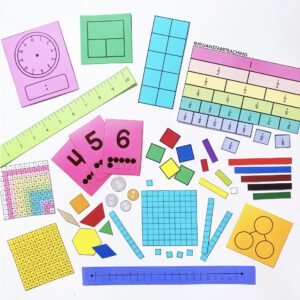
Free Printable Math Manipulatives
Need to keep students supplies separate, but still want them to have access to ALL the math manipulatives? Grab these free printables and problem solved!
Small Group Introductions
If you’re reading this post, you probably already know that manipulatives in math are excellent for differentiation. In fact, math manipulatives are one of my favorite ways to increase and decrease challenge levels.
Small group work is an excellent moment to introduce and apply the use of math manipulatives. After a whole group lesson, students need differentiated scaffolds. Small group instruction is the perfect time to demonstrate and practice different ways of using the same tool. When I teach in small groups, I have a select group of like-minded students directly in front of me. As I introduce or review content, I am simultaneously assessing the needs of my students. I can see what kinds of reteaching and challenges students need.
Start With What They Know
First, I review the original ways we used specific math manipulatives with the small group. With guided practice, I watch how students apply the original techniques they learned to new problems.
Next, after I teach a new small-group lesson, I watch to see how students apply the math manipulative to a new type of task. For example, I might have the manipulatives available to support next-step logical thinking. Or, I might teach the next sub-skill of our math unit.
Sometimes it is difficult to know if a student really understands how to use a manipulative in a specific math unit. I’ve found that there are a few behaviors to look out for to know if students are struggling or needing a challenge.
Struggling:
- Repeated tries to solve a problem with the support of a math manipulative, but without success.
Needing Challenge:
- Completes tasks quickly
- Can clearly explain how to use a manipulative to support math thinking
Time to Add On!
In the end, the way students apply their use of math manipulatives to new tasks tells me a lot about their understanding of the tool and content. After, I know what I need to modify or extend.
Modifications:
- Continued guided practice.
- Emphasize one-to-one correspondance.
- Simplify numbers for repeated practice before moving on.
Extensions:
- Ask students to find multiple ways to show a specific math equation.
- Challenge students to show similar equations with larger numbers.
- Challenge students to use the manipulative without one-to-one correspondance. For example, one unifix cube becomes the equivalent of five.
Math Manipulatives in Independent Practice!
Once a math manipulative is revealed in my classroom, it is always available for use. But, sometimes students need specific independent tasks to get them started using math manipulatives independently.
The final stage of scaffolding manipulatives in my math block is independent practice. This happens in centers. In centers, students are given tasks that require them to use manipulatives. Centers with math manipulatives include:
- Math journal prompts
- Never ending activities
- Games
Manipulatives can be a game-changer. However, it is important to scaffold and gradually integrate the use of manipulatives in order for them to be helpful. I hope that by sharing my routines for scaffolding manipulatives in my guided math block, you are more ready to incorporate these tools into your own! As always, I would love to hear any hands-on tips and tricks that have elevated your math block as well!


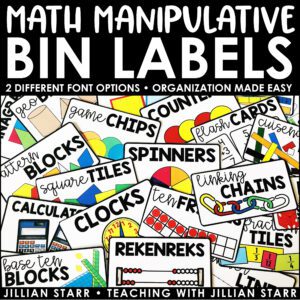

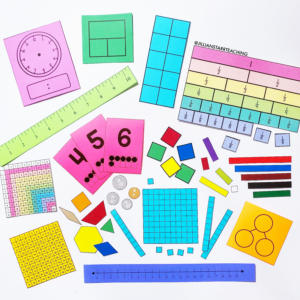

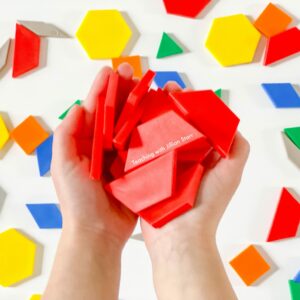
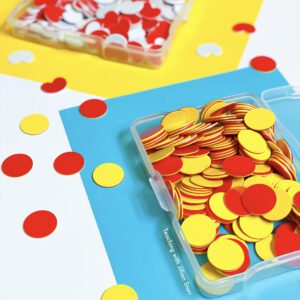


Leave a Comment